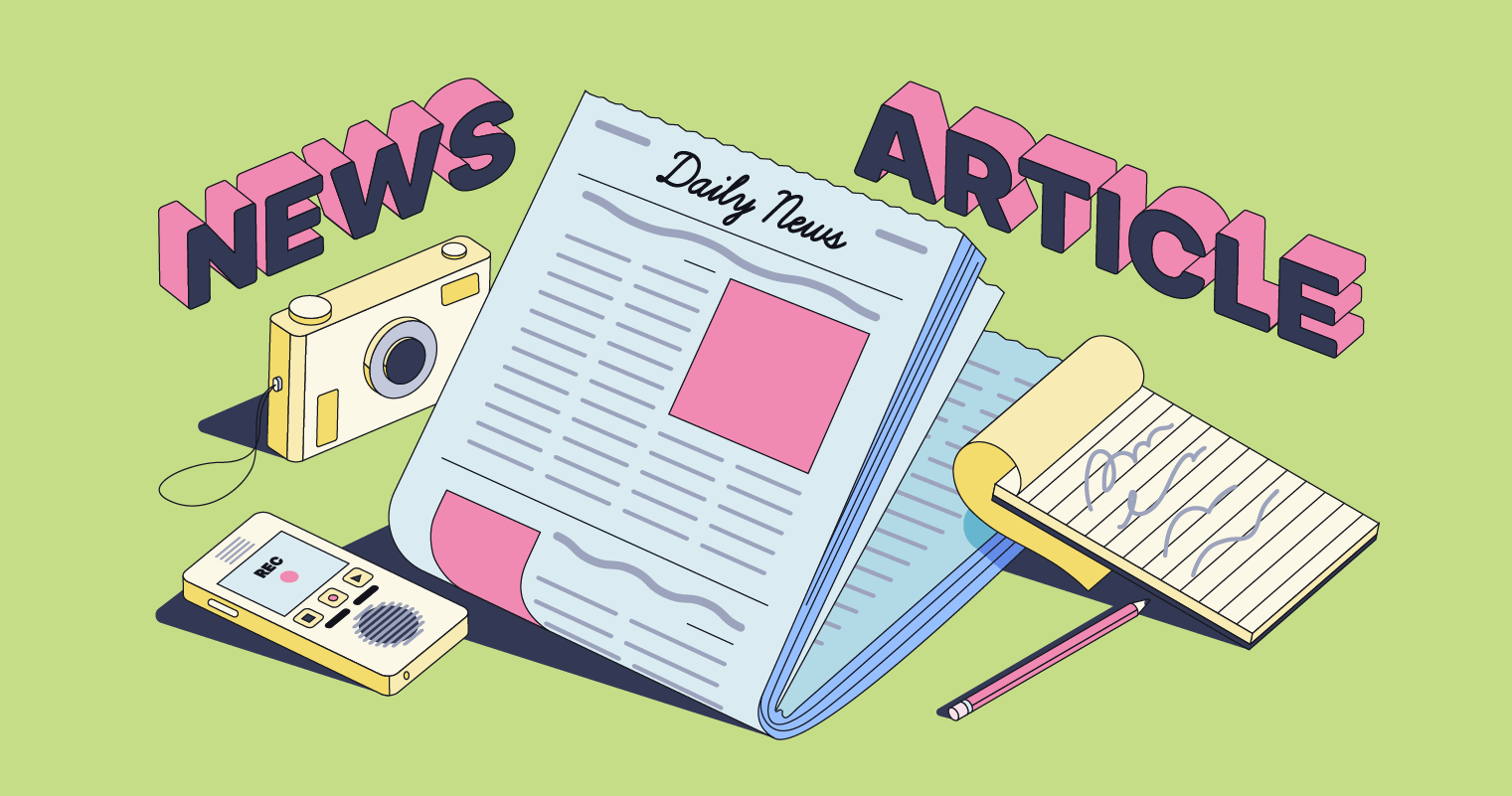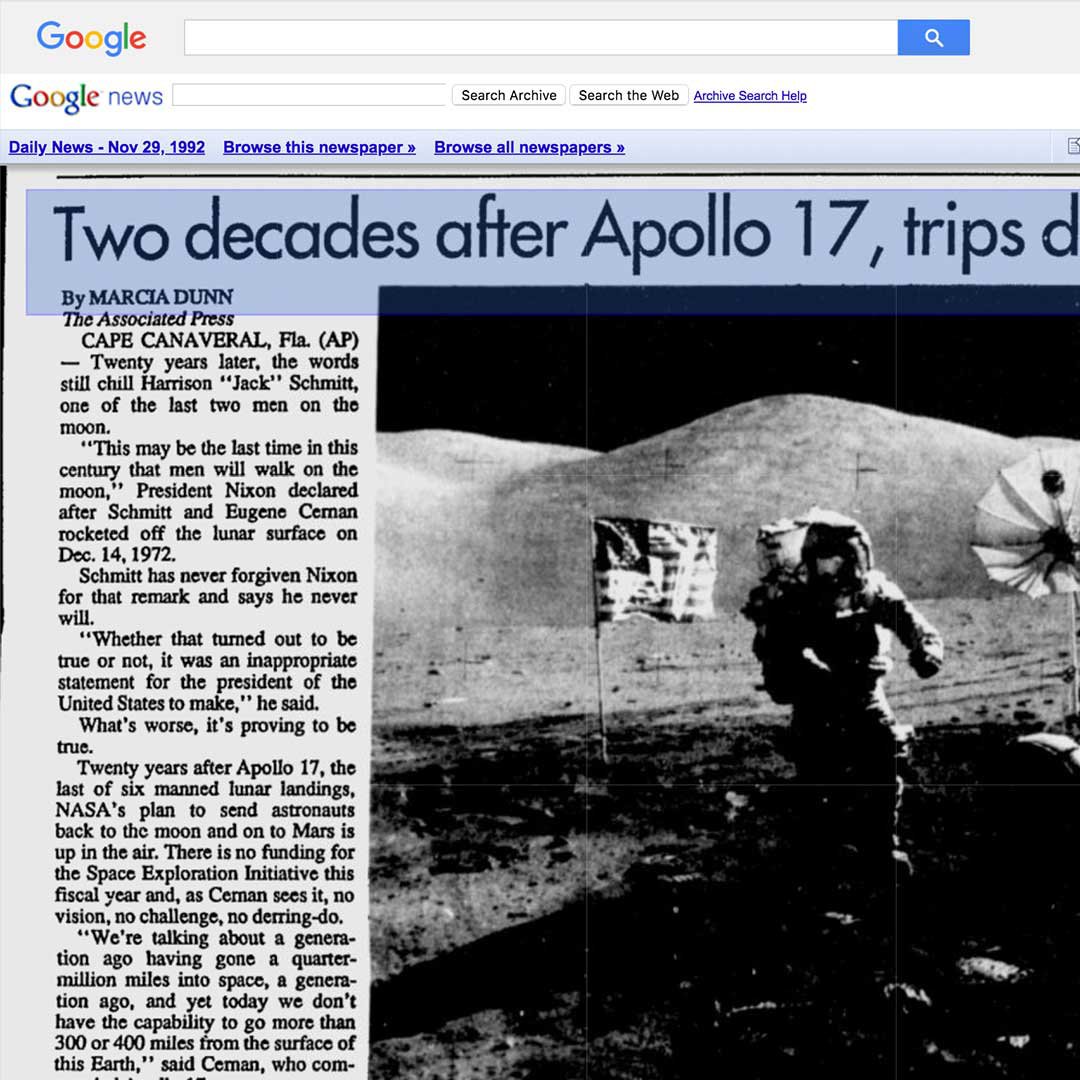The Ultimate Guide To News Articles
The Ultimate Guide To News Articles
Blog Article
Some Known Incorrect Statements About News Articles
Table of Contents10 Easy Facts About News Articles ExplainedNews Articles for DummiesThe Basic Principles Of News Articles See This Report on News ArticlesThe smart Trick of News Articles That Nobody is Discussing
Excellent understanding of various topics provides pupils an one-upmanship over their peers. Even though electronic and social media are easily accessible, we must not forget exactly how important it is to check out the papers. Parents have to try and inculcate the habit of checking out a paper as a daily regimen to proceed the legacy of the revered print tool.Newspaper article likewise have at the very least one of the complying with vital attributes loved one to the intended audience: distance, importance, timeliness, human passion, peculiarity, or effect. The related term journalese is in some cases made use of, usually pejoratively, to refer to news-style writing. Another is headlinese. Newspapers normally stick to an expository writing style.
Within these restrictions, news stories also intend to be thorough. Amongst the larger and much more recognized papers, justness and balance is a major variable in offering info.
Papers with a worldwide audience, for example, tend to make use of an extra formal design of writing. News Articles.; typical design guides consist of the and the US Information Design Book.
News Articles Fundamentals Explained
As a policy, reporters will certainly not make use of a lengthy word when a short one will do. News writers attempt to stay clear of making use of the same word more than when in a paragraph (occasionally called an "resemble" or "word mirror").
However, headlines in some cases leave out the topic (e.g., "Jumps From Watercraft, Catches in Wheel") or verb (e.g., "Feline lady lucky"). A subhead (additionally subhed, sub-headline, subheading, subtitle, deck or dek) can be either a subordinate title under the main heading, or the heading of a subsection of the write-up. It is a heading that comes before the main message, or a team of paragraphs of the primary text.

of a post topic, informant, or interviewee), it is referred to as a pulled quotation or pull quote. Additional billboards of any of these types might show up later on in the article (especially on subsequent web pages) to tempt further reading. Journalistic internet sites sometimes utilize computer animation methods to switch one billboard for one more (e.g.
What Does News Articles Mean?
Such signboards are likewise made use of as reminders to the post in other areas of the publication or website, or you can check here as ads for the piece in various other publication or websites. Press release of the Swiss government. Typical framework with title, lead paragraph (summary in strong), other paragraphs (information) and contact details.

Instance of a hard-lead paragraph NASA is suggesting another room task. The company's budget plan request, announced today, consisted of a plan to send an additional goal to the Moon. This time around the agency wishes to establish a lasting facility as a jumping-off place for various other room journeys. The budget plan demands around $10 billion for the project.
An "off-lead" is the second most important front web page information of the day. To "hide the lead" is to begin the post with background details or information of secondary relevance to the visitors, requiring them to check out more deeply into an article than they must have to in order to uncover the necessary points.
The smart Trick of News Articles That Nobody is Talking About
Usual use is that why not try these out one or more sentences each form their own paragraph. Journalists normally describe the organization or structure of an information story as an upside down pyramid. The important and most interesting aspects of a story are placed at the beginning, with supporting information complying with in order of lessening importance.
It allows people to explore a topic to only the depth that their curiosity takes them, and without the imposition of details or nuances that they can think about irrelevant, but still making that information available to more interested readers. The upside down pyramid framework likewise enables articles to be cut to any type of arbitrary size during layout, to suit the area available.
Some authors start their stories with the "1-2-3 lead", yet there are several kinds of lead offered. A twist can refer to several points: The last story in the information broadcast; a "satisfied" story to finish the show.
Longer write-ups, such as magazine cover write-ups and the pieces that lead the inside areas of a newspaper, are understood as. Function stories vary from straight news in numerous methods.
Unknown Facts About News Articles
The journalist usually information communications with meeting topics, making the item more personal. A function's first paragraphs typically connect an interesting minute or event, as in an "unscientific lead". From the particulars of a person or episode, its view swiftly widens to abstract principles regarding the tale's subject. The area that signifies what a function has to do with is called the or signboard.

The Editor's Toolbox: A Referral Guide for Beginners and Professionals (2001) Allan M. Siegal and William G. Connolly. The New York City Times Manual of Design and Usage: The Official Style Overview Utilized by the Writers and Editors of the Globe's A lot of Authoritative Paper (2002) M. L. Stein, Susan Paterno, and R.
Report this page